31 Facts About Africa’s Nile Crocodile (Crocodylus niloticus)
Curious about Africa’s Nile crocodile? In this huge guide, you’ll learn all about this apex predator, its diet, habitat, population, and more. We also include many photos and videos of Crocodylus niloticus, one of East Africa’s most notorious animals.
31 Facts About Africa’s Nile Crocodile
Nile crocodiles have been feared and worshiped for centuries. But what do you really know about these awe-inspiring beasts? Do they actually deserve that title? Are they misunderstood, or have they earned every bit of their reputation?
Let’s take a look at some Nile crocodile facts, and you can decide for yourself.
1. Do crocodiles live in Africa? What areas do they inhabit?
Crocodiles are a common sight in Africa. There are four main types:
- Nile crocodile
- Slender-snouted crocodile
- West African crocodile
- Dwarf crocodile
They populate almost the entire continent; only northern countries can escape their beady eyes and snapping jaws. Here’s a distribution map.
They’re most commonly found in coastal regions where there’s plenty of water, but they can also breed in landlocked areas that have lakes and rivers.
2. What is the habitat of the Nile crocodile?
Nile crocodiles are found anywhere with a water source. They like rivers, lakes, marshes, streams, swamps, and dams.
They usually prefer wide-open spaces to smaller, more crowded ones, but they can make exceptions to survive.
For example, Nile crocodiles in Madagascar have adapted to live in flooded caves.
3. Does the Nile River have crocodiles?
Yep! As you might expect, the Nile River is full of Nile crocodiles.
A reader pointed out that during a recent Nile cruise, the guide stated that the Nile River hasn’t had Nile crocodiles since the construction of the Aswan Dam in 1960. From the perspective of an Egyptian tour guide, I guess that’s true. Sightings of Nile crocodiles north of the dam are rare.
But it’s important to note that there is more Nile river outside of Egypt than inside of it.
In fact, the Nile River also flows through 9 other countries: Burundi, Congo, Ethiopia, Kenya, Rwanda, South Sudan, Sudan, Tanzania, and Uganda.
And Nile crocodiles are commonly found in the Nile in these countries.
Here’s more about the major rivers in Africa.
4. Is the Nile River saltwater or freshwater? Do Nile crocodiles live in saltwater or freshwater?
The Nile River is a freshwater river – with its headwaters in Lake Victoria – and that’s exactly why Nile crocodiles love it so much. They’re freshwater animals.
However, Nile crocodiles can live in salt water; their bodies are able to process the saline and leave them no worse for wear.
Another fun fact about Nile crocodiles is that they have high levels of lactic acid in their blood. This helps them in water environments of all kinds.
They can swim underwater for 30 minutes before needing fresh oxygen, and they can remain stock-still underwater for up to two hours at a time. This helps them lie in wait as they hunt.
5. Does the name “Nile crocodile” have any special meaning?
The scientific name for the Nile crocodile is crocodylus niloticus.
“Crocodylus” comes from two Greek words meaning “pebble” and “worm,” and they refer to the rough scales of the crocodile’s hide. “Niloticus” means “from the Nile River.”
How’s your Swahili? Check out our guide to animal names in Swahili.
The Nile crocodile is occasionally called an “African crocodile” or “common crocodile” since it’s everywhere in Africa.
6. Are Nile crocodiles dangerous? Are they aggressive?
Nile crocodiles are extremely dangerous. They’re large, fearless animals with very strong bites, and they can take down everything from a jackrabbit to a full-sized hippopotamus.
They also get aggressive when defending their young or competing for food. Even though they’re capable of working together in groups, a study of captive Nile crocodiles found that they all fought viciously when live food entered the equation.
As for the kinds of food that they eat, Nile crocodiles have no natural predators in their hunting ranges, so everything is prey. This includes humans.
7. How do Nile crocodiles compare to saltwater crocodiles?
Generally speaking, saltwater crocodiles are bigger and stronger than Nile crocodiles, but their size difference isn’t that great.
The two species are also comparable when it comes to things like diet, life expectancy and reproduction habits. The biggest difference is that Nile crocodiles prefer freshwater while saltwater crocodiles like their saline.
8. What is the lifespan of the Nile crocodile?
Nile crocodiles are thought to live between 70 – 100 years.
This gives them a higher life expectancy than many other crocodile species that only live around 40 – 60 years. According to the Animal Aging and Longevity Database, the oldest Nile crocodile was 56 years old, but that was a creature raised in captivity. Wild Nile crocodiles are reported to live longer.
9. What do Nile crocodiles eat?
Nile crocodiles will eat anything that moves. Their primary diet is fish, but they’ll also take down birds, reptiles, antelopes, otters, wildebeests, zebras, and hippos. They’ve even been known to eat other crocodiles. They’re the ultimate carnivores.
Interestingly, they also prefer live prey.
When offered a choice in captivity, they’ll always go for live animals over ground meat; it doesn’t matter if the animal is small and the meat portions are large. They want the food that’s still wiggling.
10. Do Nile crocodiles eat humans?
Yes.
Nile crocodiles are known as “man-eaters” because of their aggressive personalities and willingness to attack anything that stumbles into their lake or marsh. They aren’t afraid of 300-pound baby elephants, and they aren’t afraid of villagers washing their clothes in the riverbank.
It’s estimated that Nile crocodiles kill between 200 – 300 people per year. This isn’t including the number of attacks and injuries that don’t result in a fatality.
“There is little doubt that the Nile Crocodile is responsible for more attacks on humans than any other crocodilian species,” writes the IUCN-SSC Crocodile Specialist Group.
The group also estimates that 63 percent of attacks by Nile crocodiles are deadly. This is a larger margin than both saltwater crocodiles (25 – 50 percent) and American alligators (less than six percent).
If you want to travel safely, I recommend a good pair of binoculars. Here’s how to choose the best binoculars for the money. Or maybe a decent zoom lens on your safari camera. No need to get too close and risk an incident.
11. How often do Nile crocodiles feed? How long can a Nile crocodile go without eating?
Nile crocodiles are cold-blooded animals with efficient metabolisms, so they can go long periods without eating. Technically speaking, they can survive for years without a meal, but most crocodiles don’t wait that long. They eat a few times per month or whenever opportunity knocks.
When they do decide to indulge, Nile crocodiles can consume up to half of their body weight at a time. This meat is stored and digested very slowly.
12. How do Nile crocodiles hunt and kill their prey?
If you’ve ever seen a nature documentary with a quick-moving crocodile snapping an unsuspecting animal between its teeth, that’s a pretty accurate depiction of how Nile crocodiles hunt.
For starters, they’re ambush animals. They sink underwater and wait for their prey to come and get a drink from the river or lake. Once they detect noise and movement, they’ll spring into action, grabbing the prey before it even knows what’s happening.
Contrary to popular belief, a crocodile’s bite isn’t automatically fatal. They use their teeth to hold the animal still while they trash it around or drag it back to the water to drown. Their teeth are used more as tools than weapons.
Once the animal is dead, the crocodile will consume every part of it. This includes horns, hooves, claws and other items that you might assume are non-digestible. Crocodiles don’t care.
13. Do Nile crocodiles hunt on land?
While they’re most famous for springing out of the water in quick, powerful attacks, Nile crocodiles can also hunt on land. Their methods are just a little different.
An obscure fact about Nile crocodiles is that they can move quickly over dry land. They have a “high walk” where they raise their bodies off the ground to gain speed, and smaller crocodiles can even achieve a “gallop” with speeds up to 20 mph.
How fast do Nile crocodiles run? They can reach speeds up to 19-22 mph (30-35 km/h). But this isn’t sustainable or common.
Here’s more about crocodile speeds and why this isn’t too scary.
As for their hunting methods, they usually wait under trees or by dark roadsides. They ambush land animals the same way as marine animals: suddenly and unexpectedly.
Nile crocodiles are also skilled scavengers. While they prefer live prey, it isn’t uncommon for them to steal the kills of African leopards, hyenas, and other land predators. Occasionally, a fight will break out for feeding rights, but they mostly tend to strike when the other predator isn’t looking.
14. How strong is the Nile crocodile’s bite?
Are you sitting down? You might want to sit down.
The bite force of adult male Nile crocodiles is between 3,000 – 5,000 pounds per square inch (psi). This is right on par with saltwater crocodiles, and both species tend to share and swap the #1 and #2 spots for “strongest teeth in the animal kingdom.”
For comparison’s sake, the human bite measures around 150 – 200 psi. Wolves hover around 400 psi. Lions and tigers generate around 1,000 psi.
15. What eats a Nile crocodile?
Nile crocodiles are apex predators. No one is above them on the food chain. They aren’t invulnerable to attacks when they’re young and small, but once they reach full size, no other animals want to mess with them.
16. What are the colorings and features of the Nile crocodile?
Nile crocodiles have greenish-yellow scales with brown or bronze highlights. Their exact coloring will vary depending on their environment.
Crocodiles living in fast-moving rivers have lighter colors than crocodiles living in dark, murky swamps; their bodies are their camouflage, so they tend to adapt to their surroundings.
As for their fearsome teeth, they have between 64 – 68 on both sides of their jaw. These teeth are cone-shaped but finely sharpened. Baby crocodiles have a prominent “egg tooth” that falls off once it serves its purpose of breaking through the shell.
Something mysterious about Nile crocodiles is that they have sense organs all over their bodies that aren’t understood by researchers. While it’s generally agreed that these organs help them detect things like smells and vibrations from their prey, their specifics haven’t been studied yet.
17. How long is the Nile crocodile? How much does it weigh?
Nile crocodiles are among the biggest in the crocodile family.
- Length: Adult male Nile crocodiles measure between 11.5 – 16.4 feet from snout to tail; females are a bit smaller, usually clocking in around 7.3 – 12.6 feet.
- Weight: Their weights can range from 500 – 1,650 pounds.
Interestingly, baby crocodiles aren’t very big when they first hatch. They measure about a foot long and weigh less than one pound. However, they grow very rapidly to full size, and they keep growing throughout their lives.
You might have heard the myth that crocodiles never stop growing until they die, but that’s not quite true. It’s just that some senior citizen crocodiles have been known to add a few inches here and there.
It’s not a feature of the entire crocodile family, and they’re susceptible to fatigue, slowness, and other signs of aging just like most animals.
18. What is the largest Nile crocodile on record?
The largest Nile crocodile was a man-eater named Gustave. He terrorized the population of Central Africa through the ’80s and ’90s, obtaining a mythical nightmare status after allegedly killing more than 300 people. He was never captured, so no one knows his exact measurements, but witnesses claim that he was 18 feet long and 2,000 pounds.
According to legend, Gustave is still out there.
19. Are Nile crocodiles endangered? What’s their population size?
According to the International Union for Conservation of Nature, Nile crocodiles are ranked under “least concern” in terms of extinction threat. Their population is between 250,000 – 500,000, and their presence spans the entire continent of Africa.
This wasn’t always the case, however. In the ’50s and ’60s, Nile crocodiles were hunted for their hides, and their population was depleted so much that they became critically endangered.
It took a lot of careful conservation efforts to bring their numbers back up, and today, numerous laws and trade regulations have been put into place to protect them from hunters.
There are even “crocodile protection programs” where safe environments have been created for Nile crocodiles to live freely.
20. What threats face the Nile crocodile?
They might be on top of the animal kingdom, but Nile crocodiles are vulnerable to several different things:
- Pollution
- Loss of habitat
- Hunting
Loss of habitat is probably the biggest danger faced by Nile crocodiles. Not only are they losing ground thanks to deforestation, but global warming has reduced the size and scale of their wetlands. They also have problems whenever humans move into an area and start building dams, dredges and irrigation systems.
As previously mentioned, hunting is an issue. Their skulls and scales are considered trophies, and their hides can be turned into leather.
21. How do people protect themselves from Nile crocodiles?
We’ve talked about Nile crocodiles being under threat from humans, but what about the opposite? How do humans protect themselves from the threat of Nile crocodiles?
The most common defense is simply staying out of the water. Nile crocodiles are creatures of opportunity, but if you don’t give them the means to attack, they won’t be able to get you.
It’s rare for Nile crocodiles to venture into human villages. Instead, they wait for the villagers to come and play in the river, and that’s when they strike.
When people can’t avoid going into the water, barriers can be constructed to keep the crocodiles away. These barriers are usually made of logs, branches, driftwood or spiked posts, and they’re planted firmly in the sand or mud to prevent crocodiles from sneaking close and launching an ambush.
22. Do Nile crocodiles have any other weaknesses?
Duct tape.
It might sound strange, but despite the powerful force of their bite, their jaw muscles are quite weak. They can be captured and restrained by humans when duct tape is wrapped around their snouts. Their jaws simply aren’t strong enough to break free.
23. Are there any weird things inside the stomach of a Nile crocodile?
Yes. Nile crocodiles have gastroliths in their stomachs, and it completely baffles scientists.
Gastroliths are rocks that certain animals hold in their gizzards, stomachs and intestinal tracks. They’re usually for the purpose of grinding or digesting food.
Certain types of lizards, for example, don’t have very strong teeth, so they use gastroliths to help them break down their food before they swallow it.
However, this doesn’t apply to Nile crocodiles. They don’t need any help munching on a bird or Cape buffalo. Scientists have no idea why they use gastroliths, so it really stumps them when they cut open a dead croc and see an entire rock quarry in its stomach. The record is 11 pounds of rocks.
24. How do Nile crocodiles reproduce?
Nile crocodiles are like other reptiles in the sense that females lay eggs. However, there are some fun peculiarities in the stages between “two crocodiles making eyes at each other” and “babies hatching from their shells.”
For starters, Nile crocodiles don’t wait for a specific age or season to start mating. For them, it’s all about body length. Males will look for partners when they’re longer than 10 – 11 feet, and females will look when they’re between 7 – 9 feet.
Once they’re considered sexually mature, the male crocs will attract females through elaborate courtship rituals that involve bellowing, shooting water out of their noses and slapping their snouts on the water.
When the female accepts a male, they’ll make warbling noises and rub their jaws together like a kiss.
A couple of months after mating, the eggs are laid.
25. How many eggs do Nile crocodiles lay? What are their nesting habits?
Female Nile crocodiles lay between 25 – 80 eggs at a time. They dig nests in sandy shores and riverbanks, keeping the eggs covered and protected for a three-month incubation period.
Both mother and father crocodiles are extremely protective of their nests and will defend them aggressively.
26. Is there anything unique about the embryonic development of Nile crocodiles?
Nile crocodiles are affected by something known as temperature-dependent sex determination (TSD). This means that their gender isn’t controlled by their genetic makeup. Instead, they become male or female based on the internal temperature of their eggs.
- If the temperature is between 89.2°F – 94.0°F, the crocodile becomes male.
- If the temperature is below 89.1°F or above 94.1°F, the crocodile becomes female.
27. How many eggs survive? How many babies survive?
Despite the fierce protection of their parents, only 10 percent of eggs are hatched from every nest. Flooding is common, and there are many animals that eat crocodile eggs. One species of lizard known as the Nile monitor can decimate up to 50 percent of a nest’s eggs in a single night.
Baby crocodiles don’t fare much better. It’s estimated that only one percent of a nest successfully grows into adulthood.
Baby alligators are so small and vulnerable that they’re easy pickings for bigger predators, and their mothers simply can’t watch them every minute of the day.
28. Why do Nile crocodiles leave their mouths open in the sun?
If you look at pictures and videos of Nile crocodiles, many of them can be seen basking in the sun with their mouths wide open. Even though it puts their sharp, pointed teeth on display, it isn’t meant as a threatening gesture. This is just how crocodiles keep themselves from overheating.
They open their jaws and get the cool air moving through their mouths. It’s a bit like the panting of a dog; it just looks a lot scarier. If crocodiles didn’t regulate their body temperatures like this, the sun would warm their scales until they died from it.
29. Do humans eat Nile crocodiles? What does it taste like?
Some tribes in Africa will eat Nile crocodile meat, but it’s generally considered unpleasant and unappetizing.
In addition to its tough, greasy appearance, it also has a distinctive odor.
30. What are the differences between Nile crocodiles and American crocodiles?
The crocodile hierarchy looks a bit like this:
- Saltwater crocodile
- Nile crocodile
- American crocodile
Nile crocodiles are weaker than saltwater crocodiles but stronger than American crocodiles. They’re smaller than their saltwater cousins but bigger than their American friends. They’re located in a different place. They reside in different habitats.
One important thing to note is that Nile crocodiles are much more dangerous than American crocodiles. While American crocodiles aren’t exactly friendly to humans, they tend to mind their own business, and attacks are both less frequent and less fatal. This puts them in direct contrast to the opportunistic man-eaters of Africa.
31. Do Nile crocodiles have any connection to African history or culture?
Sobek was an ancient Egyptian deity with the body of a man and the head of a Nile crocodile. He was considered the god of the Nile River, and he was often called on to ward away dangers whenever people had to travel it.
On the other end of the spectrum, Ammut was a dark demoness who was feared throughout ancient Egypt. She was part lion, part hippopotamus, and part Nile crocodile; these were considered the three biggest man-eaters in the animal kingdom.
These are just a few Nile crocodile facts that you might not have known. They’re fascinating creatures, especially when you compare them to others of their kind, and there’s still so much to discover about their particular species. The future looks pretty bright for Nile crocodiles!

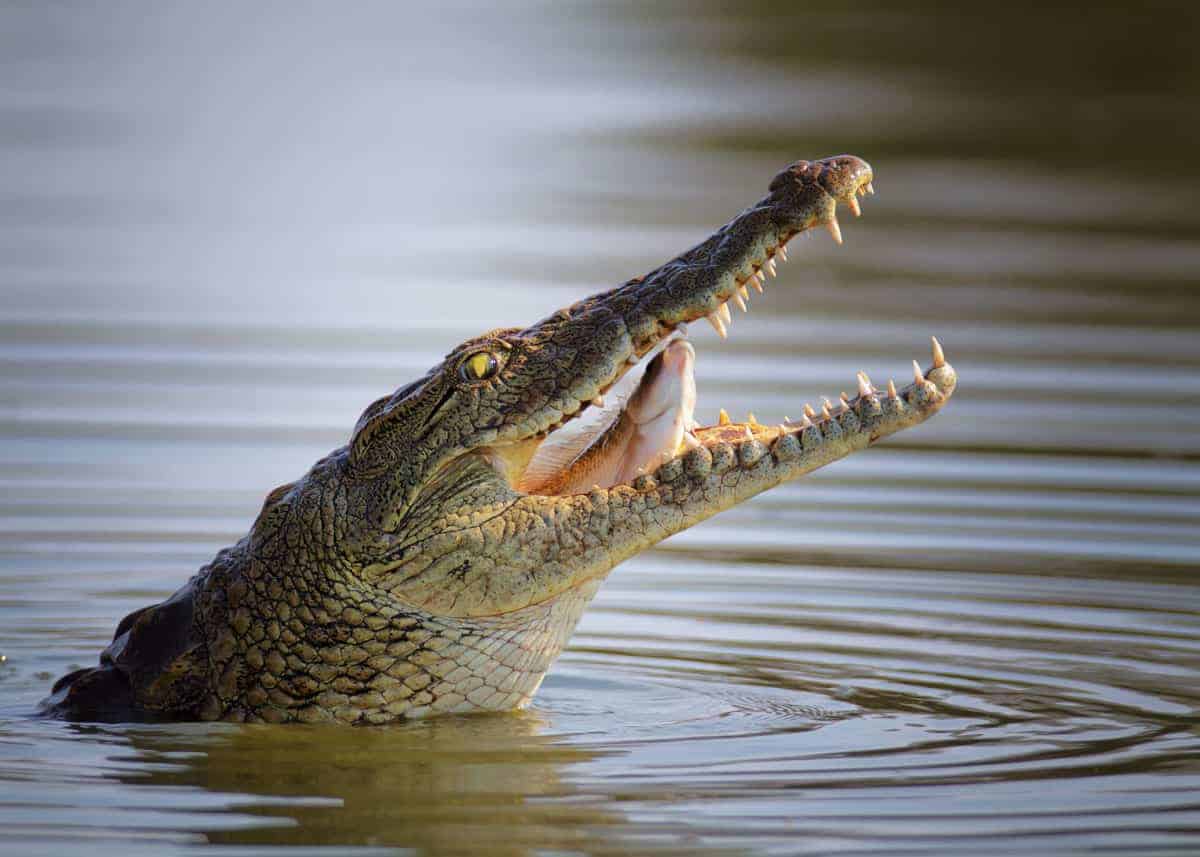
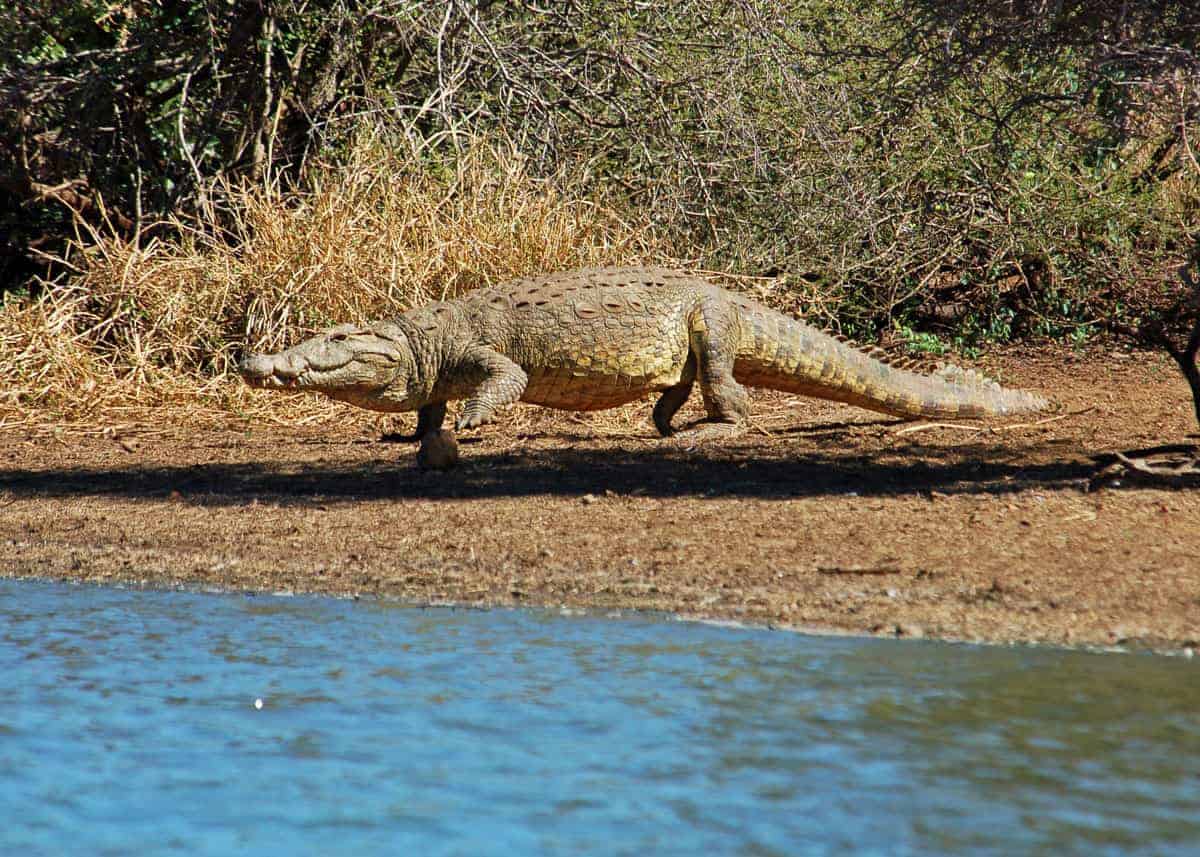
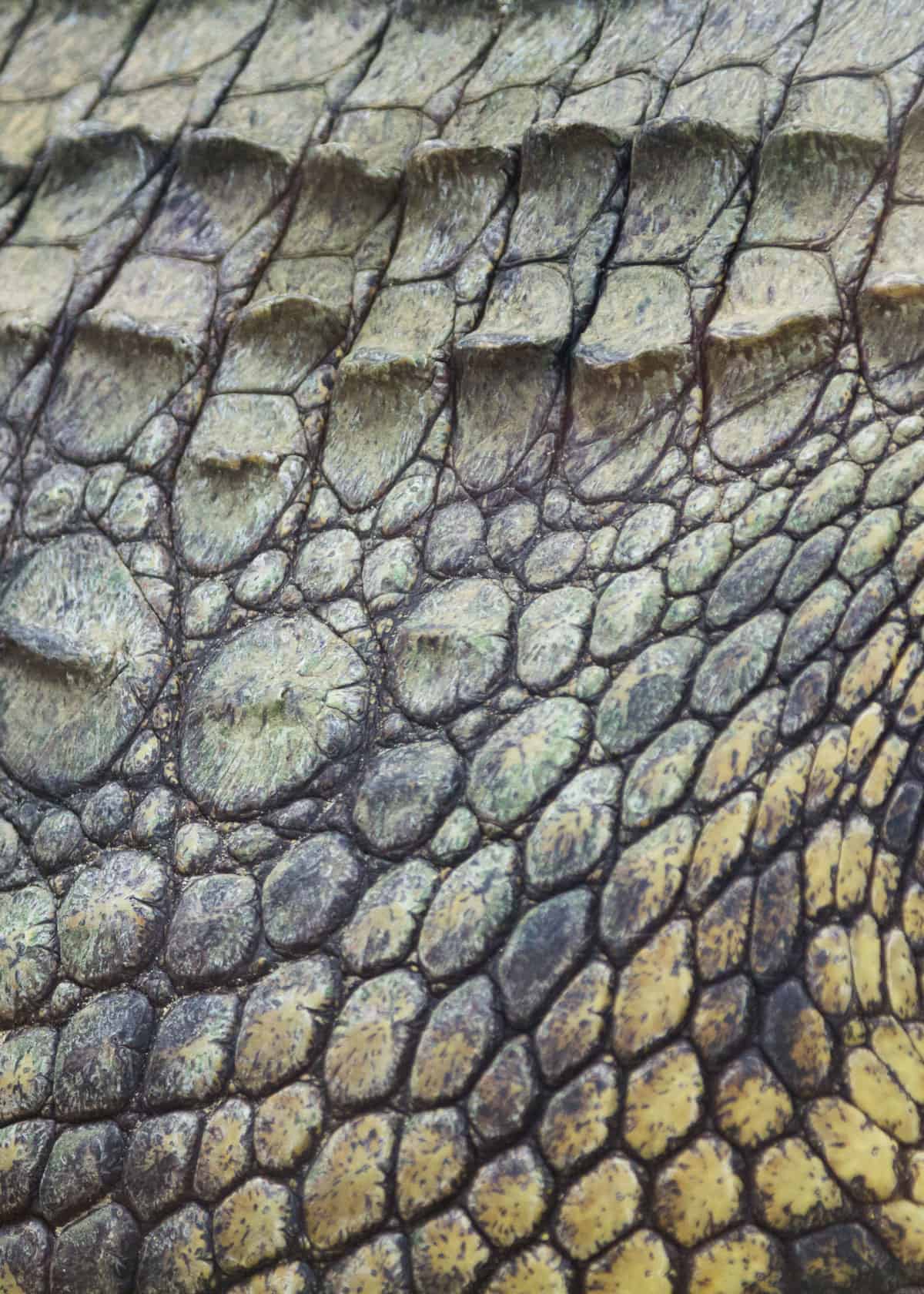
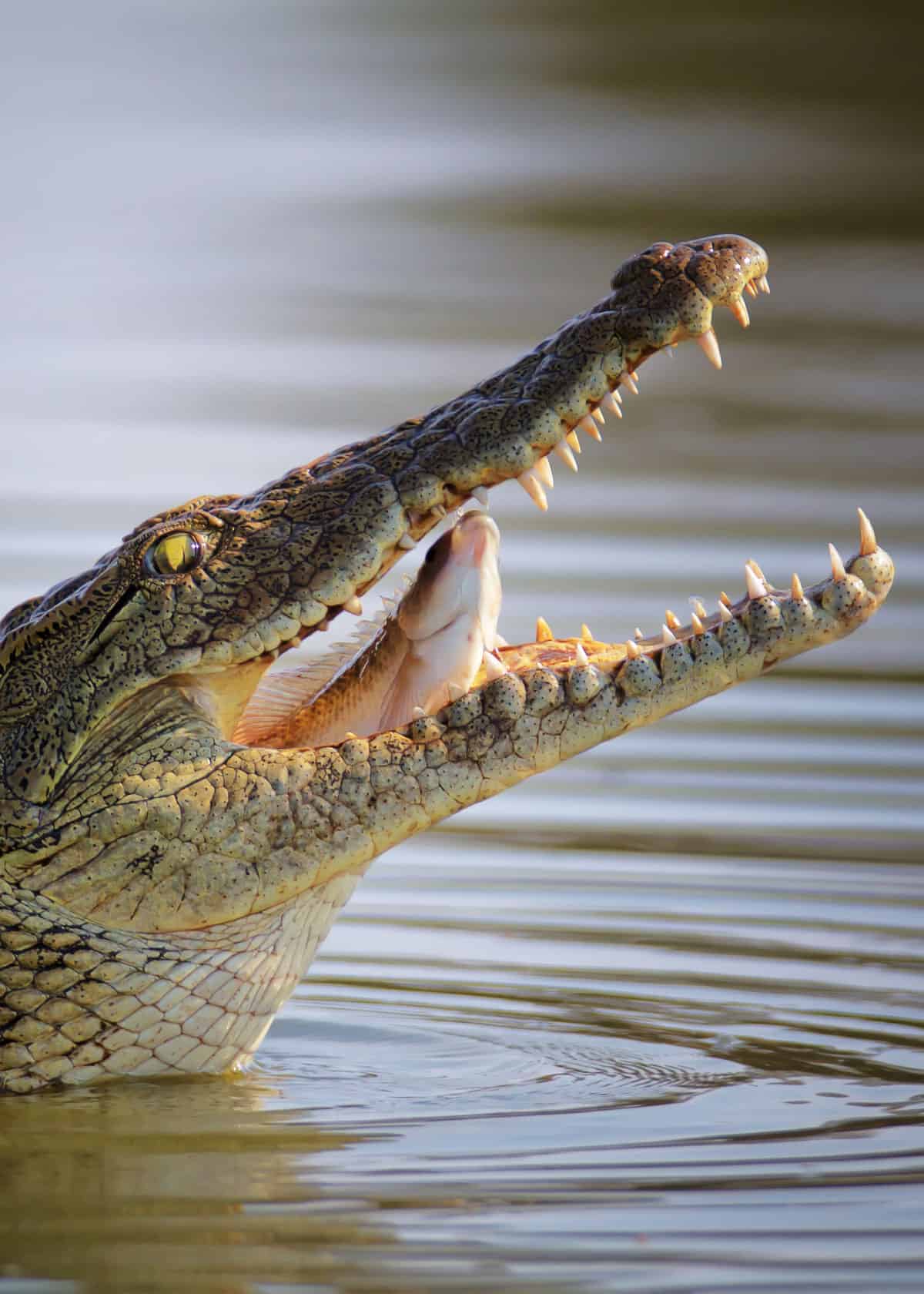
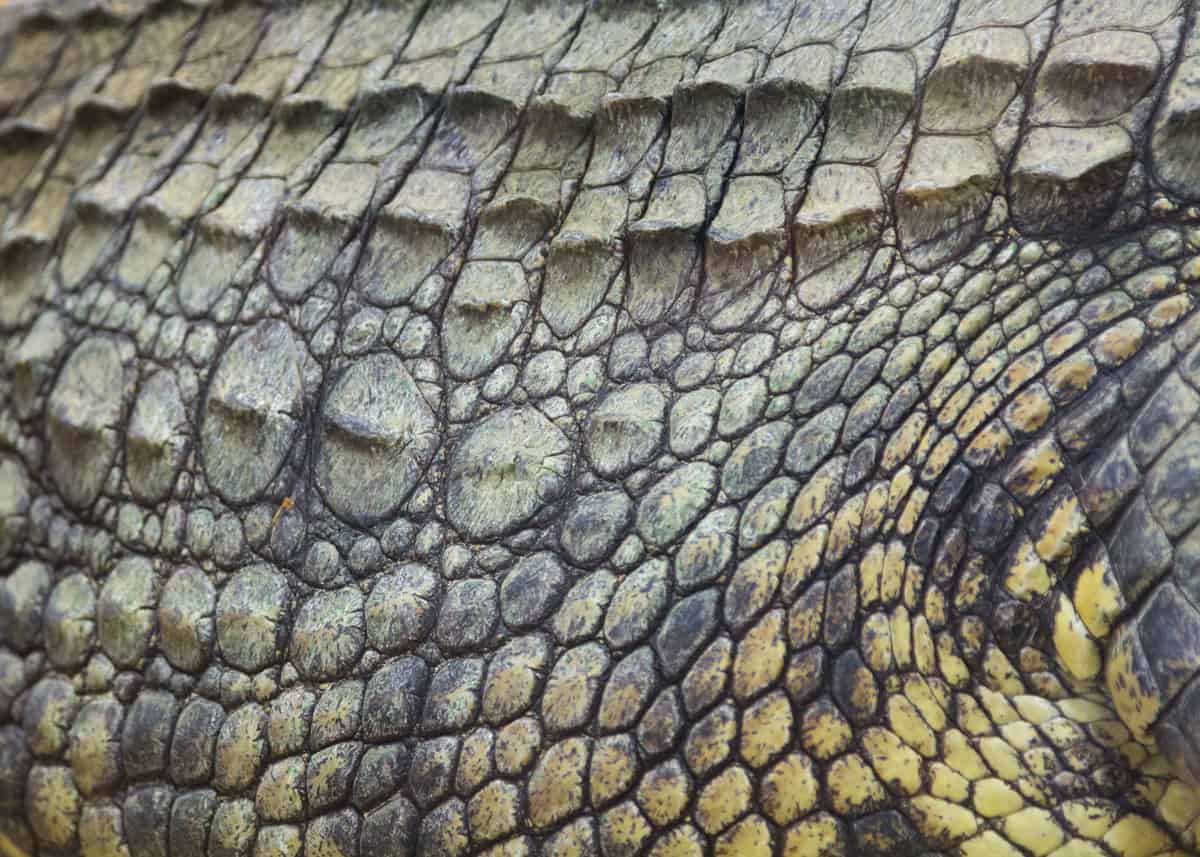
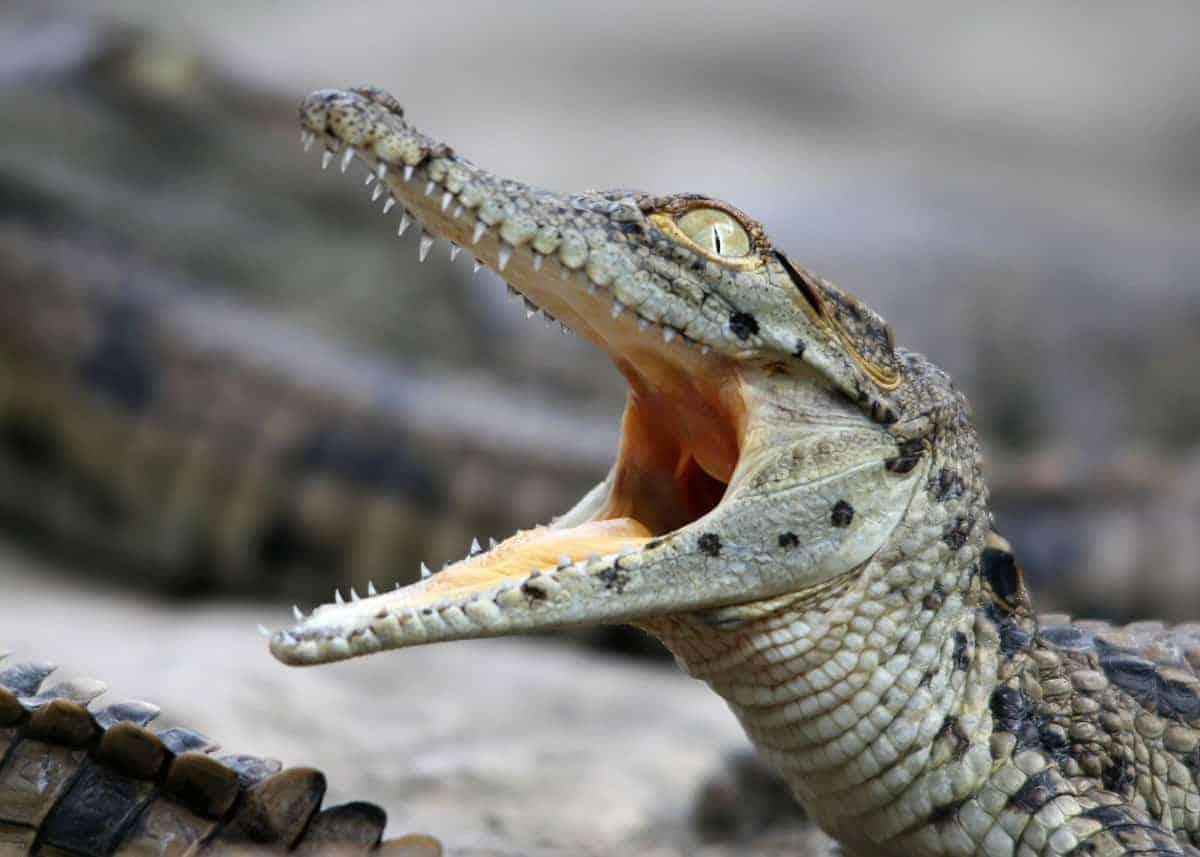
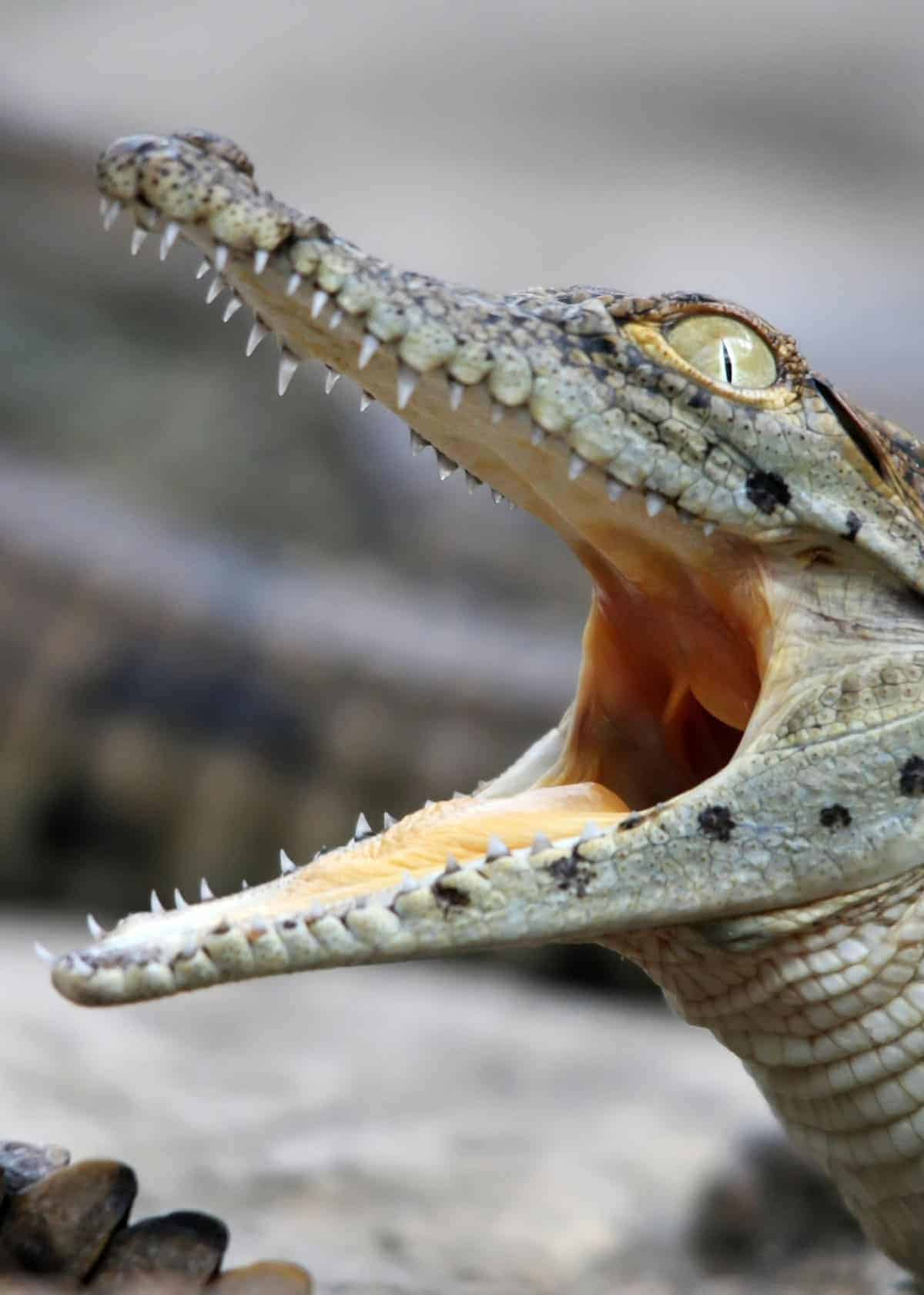
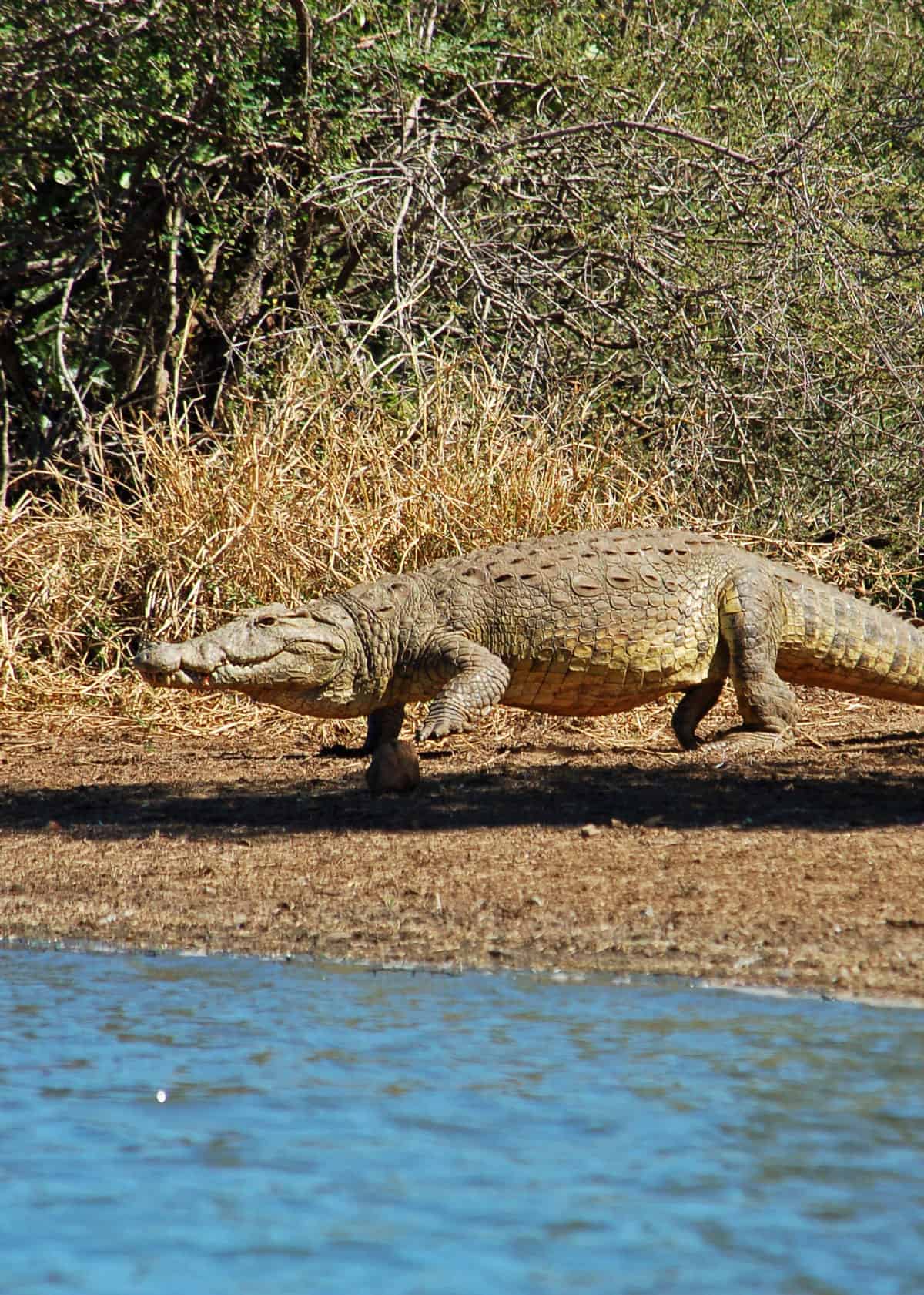





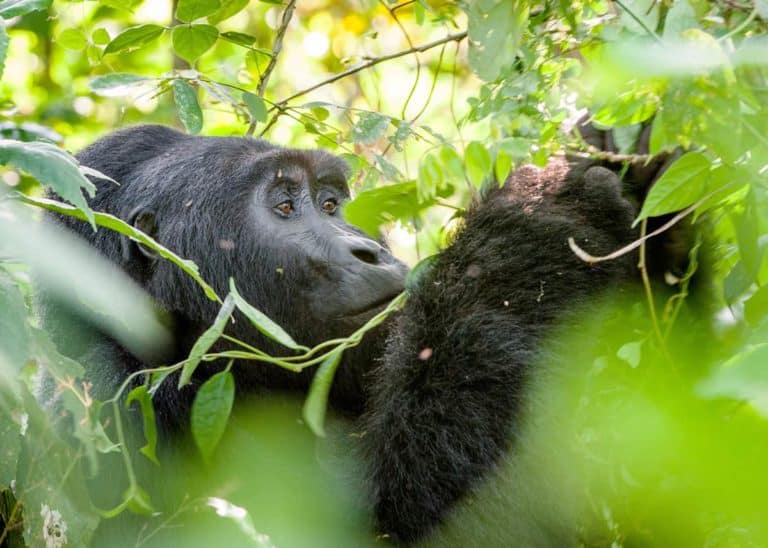
I was on a Nile cruise a few years ago and young boys at the Aswan Dam had buckets with baby crocodiles in and then we saw a large one swimming in the Nile towards Luxor. It was approx 1 metre long. We told the crew about seeing it and they said there are no crocodiles in the Nile. I guess it may affect tourism if they admitted there were!
I just traveled to Egypt, and cruised down the Nile River. We were informed the Nile River has not had crocodiles since the 1960s when they built the high Aswan dam. The crocodiles are now all in Lake Nasser.
Thanks for sharing this Theresa. And from the perspective of the tour, that is true.
But the Nile is a long river – it crosses another 9 countries before reaching Egypt. And there are Nile crocodiles in those regions south (and south west) of the Aswan Dam, including Lake Nasser as you mentioned.
I love crocodiles they’re cool cold-blooded reptiles, but I love Saltie and Nile more than other Crocs, but I also like Black caiman, Saltie is the biggest and the strongest of them all, Nile is the the only crocodile that kill the more peoples than other croc, and Black caiman is the largest alligatoridae family, they both are Apex predator and dangerous to human, but I like them as a scary and powerful reptiles